Abbreviations Gln, Q Molar mass 146.14 g/mol IUPAC ID Glutamine | Formula C5H10N2O3 Melting point 185 °C Soluble in Water | |
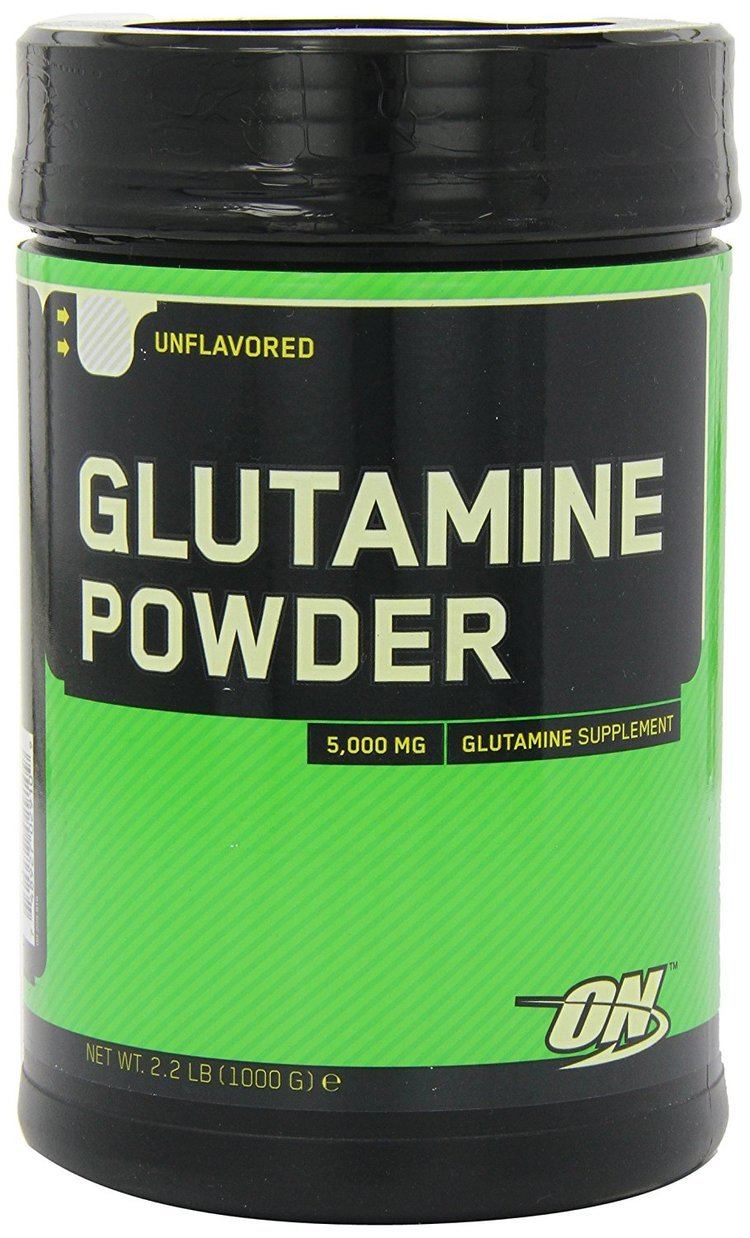 | ||
Thermodynamic
data Phase behaviour
solid–liquid–gas | ||
L glutamine benefits
Glutamine (abbreviated as Gln or Q; encoded by the codons CAA and CAG) is an α-amino acid that is used in the biosynthesis of proteins. It contains an α-amino group (which is in the protonated −NH3+ form under biological conditions), an α-carboxylic acid group (which is in the deprotonated −COO− form under biological conditions), and a side chain amide which replaces the side chain hydroxyl of glutamic acid with an amine functional group, classifying it as a charge neutral, polar (at physiological pH) amino acid. It is non-essential and conditionally essential in humans, meaning the body can usually synthesize sufficient amounts of it, but in some instances of stress, the body's demand for glutamine increases and glutamine must be obtained from the diet.
Contents
- L glutamine benefits
- Glutamine and amino acids dr daniel jones revive active
- Functions
- Producers
- Consumers
- Nutrition
- Occurrences in nature
- Dietary sources
- Research
- Medical food
- References
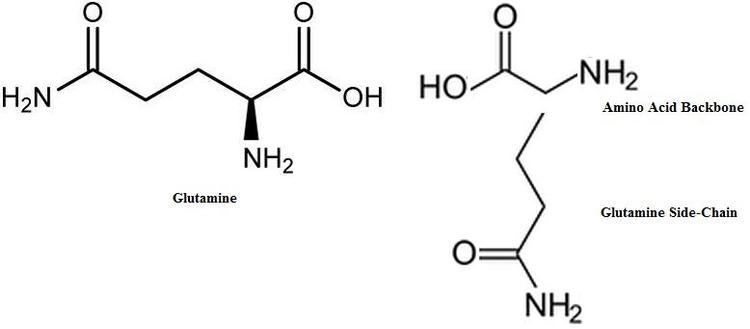
In human blood, glutamine is the most abundant free amino acid.
Glutamine and amino acids dr daniel jones revive active
Functions
Glutamine plays a role in a variety of biochemical functions:
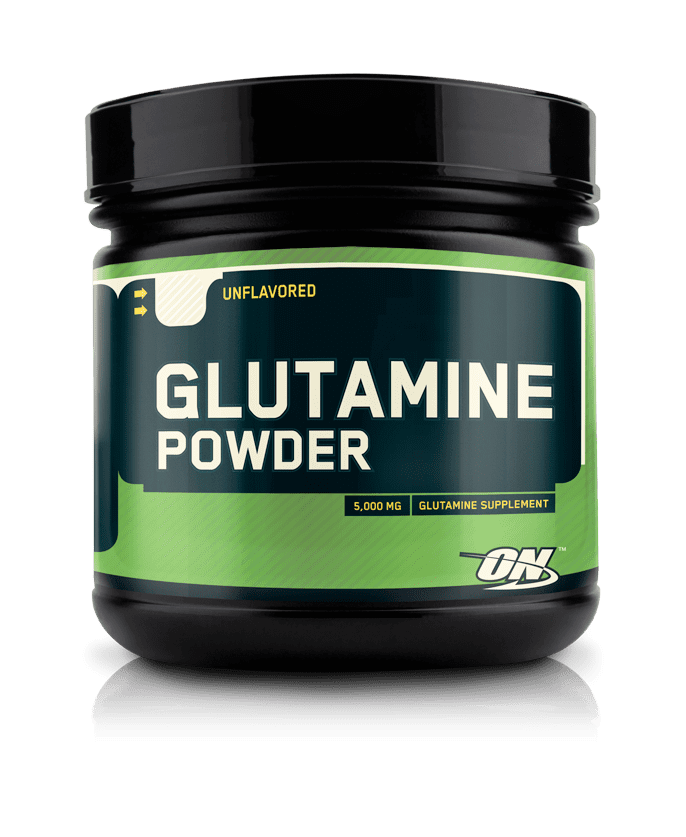
On the level of tissue, glutamine plays a role in maintaining the normal integrity of the intestinal mucosa.
Producers
Glutamine is synthesized by the enzyme glutamine synthetase from glutamate and ammonia. The most relevant glutamine-producing tissue is the muscle mass, accounting for about 90% of all glutamine synthesized. Glutamine is also released, in small amounts, by the lung and the brain. Although the liver is capable of relevant glutamine synthesis, its role in glutamine metabolism is more regulatory than producing, since the liver takes up large amounts of glutamine derived from the gut.
Consumers
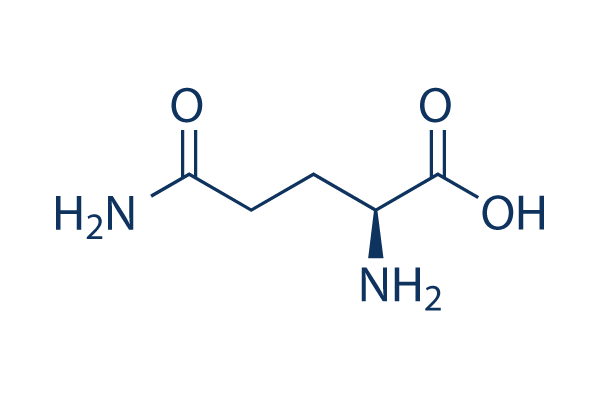
The most eager consumers of glutamine are the cells of intestines, the kidney cells for the acid-base balance, activated immune cells, and many cancer cells.
Nutrition
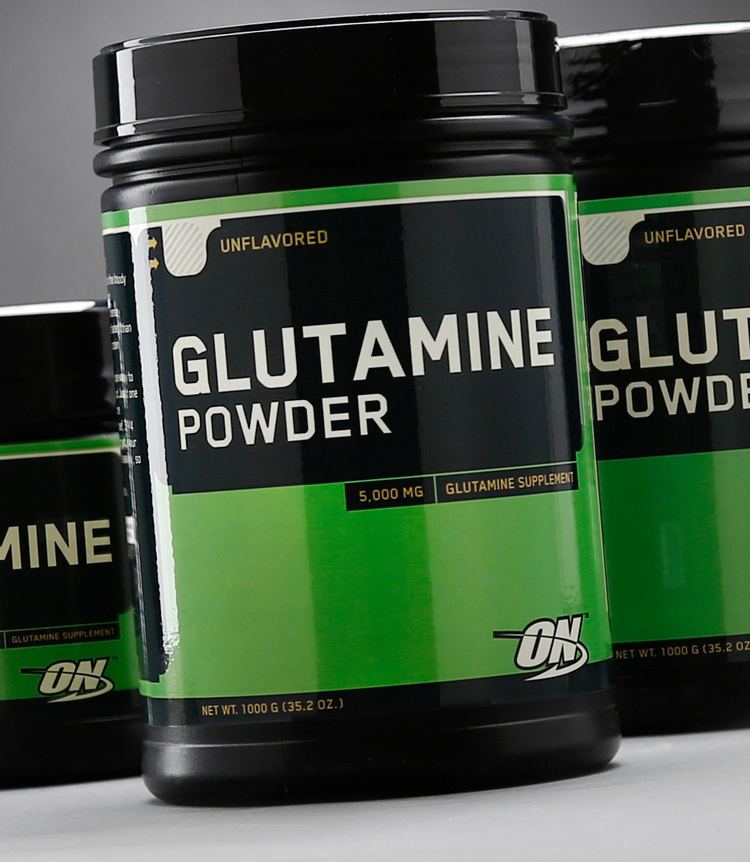
In states where tissue is being built or repaired, like growth of infants, or healing from traumtic wounds or severe illness, glutamine becomes conditionally essential.
Occurrences in nature

Glutamine is the most abundant naturally occurring, nonessential amino acid in the human body, and one of the few amino acids that can directly cross the blood–brain barrier. In the body, it is found circulating in the blood, as well as stored in the skeletal muscles. It becomes conditionally essential (requiring intake from food or supplements) in states of illness or injury.
Dietary sources
Humans obtain glutamine through catabolism of proteins in foods they eat.
Research
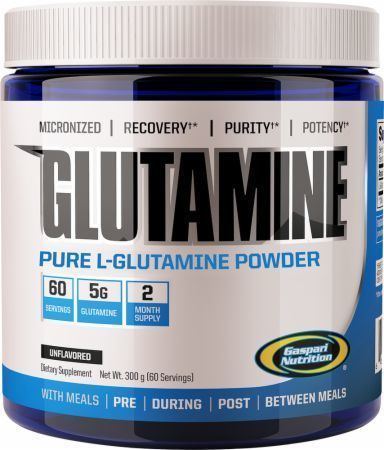
Glutamine mouthwash may be useful to prevent oral mucositis in people undergoing chemotherapy but intravenous glutamine does not appear useful to prevent mucositis in the GI tract.
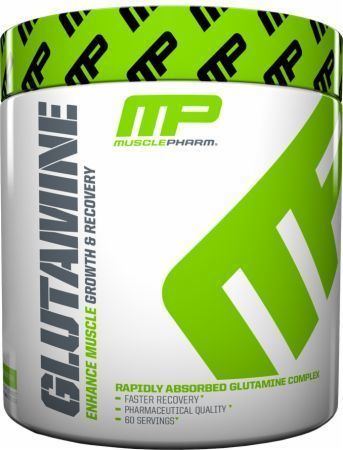
Glutamine supplementation was thought to have potential to reduce complications in people who are critically ill or who have had abdominal surgery but this was based on poor quality clinical trials; a large randomized clinical trial found worse outcomes in the group that was given glutamine.
Supplementation does not appear to be useful in adults or children with Crohns disease or inflammatory bowel disease but clinical studies as of 2016 were underpowered.
Supplementation does not appear to have an effect in infants with significant problems of the stomach or intestines.
Medical food
Several brands of glutamine are marketed as medical food and is prescribed when a medical professional believes a person in their care needs supplementary glutamine due to loss or deficiency of glutamine.
